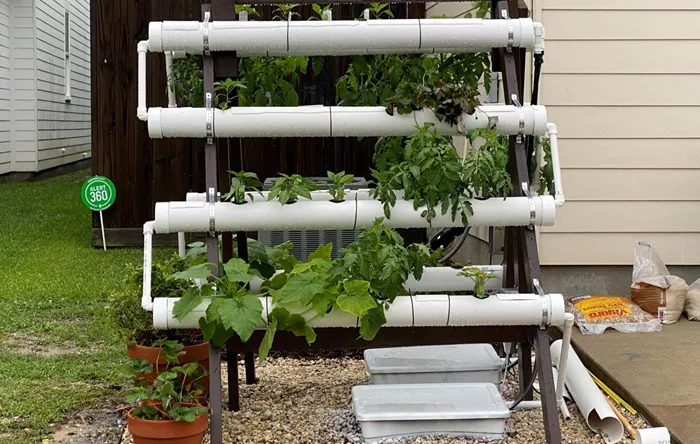As South Carolina yards burst into summer bloom, many gardeners are discovering that a large backyard isn’t necessary to enjoy the benefits of gardening. Microgardening—growing plants in small, contained spaces—is gaining popularity among those with limited outdoor areas.
“What we’ve seen is people wanting to plant gardens regardless of where they are,” said Caroline VanderHyden, retail manager at Forest Lake Greenhouses in Florence. Whether it’s a porch filled with blooming flowers or a windowsill brimming with fresh herbs, anyone can cultivate a rewarding garden in a compact space.
Choosing the Right Plants for Your Microgarden
Selecting plants suited to your environment is key. Sunlight availability is a primary consideration. For example, lemongrass, which serves as both a mosquito repellent and culinary herb, needs at least six hours of direct sunlight daily, explained Brady Badder, assistant general manager at Forest Lake Greenhouses.
For shaded areas, VanderHyden recommends using grow lights, which have become affordable and accessible, to mimic sunlight and support plant growth. “There’s not a lot of obstacles if you’re determined,” she said.
Another important factor is your level of commitment to plant care. “I usually ask if people are over-lovers or under-lovers, with no judgment,” VanderHyden noted. Choosing plants that match your care style increases the chance of success.
Beginner-Friendly and Space-Saving Options
For those new to gardening or prone to forgetting plants, resilient herbs like lavender, rosemary, and sage are excellent choices. These herbs thrive in pots on patios and grow larger with frequent harvesting.
Colorful annuals such as petunias and perennials like lantana add visual interest. Notably, lantana varieties now exist that do not seed, preventing them from overtaking small spaces.
Many plants are bred for size control, so checking plant tags for mature size helps ensure they fit your available space.
Expanding Your Microgarden
Microgardens aren’t limited to flowers and herbs. You can grow vegetables and fruits such as tomatoes, peppers, kale, squash, watermelon, and even citrus trees. Citrus plants, which can reach up to 20 feet, can be pruned to stay compact, making them suitable for patios.
Succulents are another beginner-friendly option, requiring minimal water and thriving indoors or outdoors.
Maximizing Space and Plant Care
Container gardening demands more attentive care since potted plants rely entirely on you for water and nutrients. Creative use of space—like hanging pots, balcony beds, or vertical towers—can maximize your garden area.
Ultimately, VanderHyden emphasizes that successful gardening is less about space size and more about understanding your plants’ needs and providing appropriate care.
With these tips, even the smallest spaces can flourish with vibrant, healthy plants that bring joy and wellness to their caretakers.


